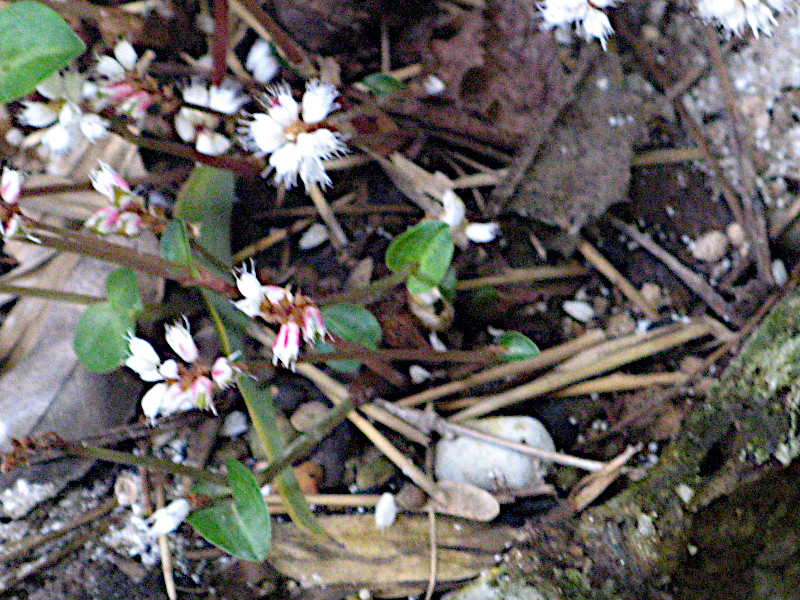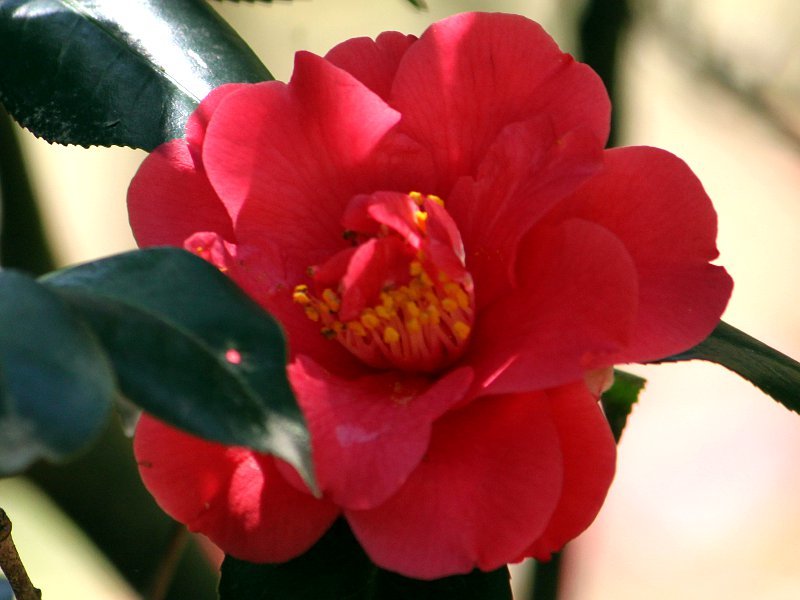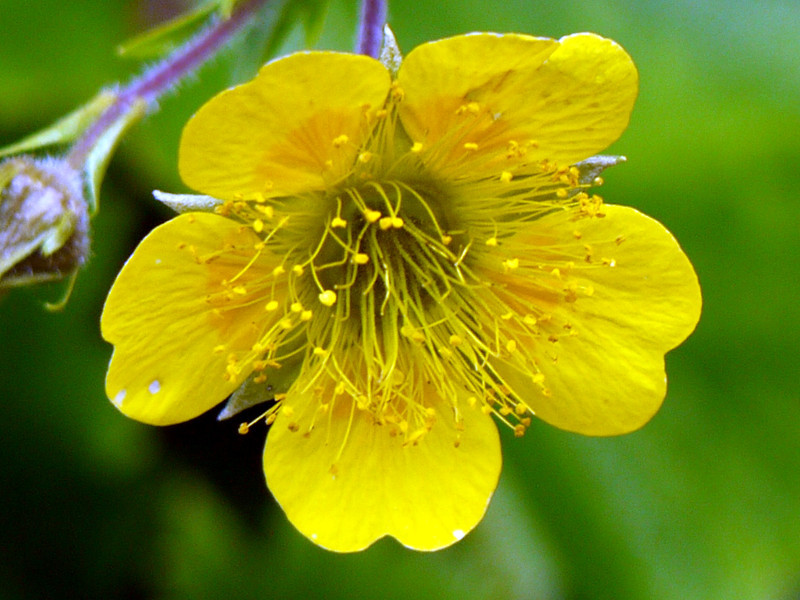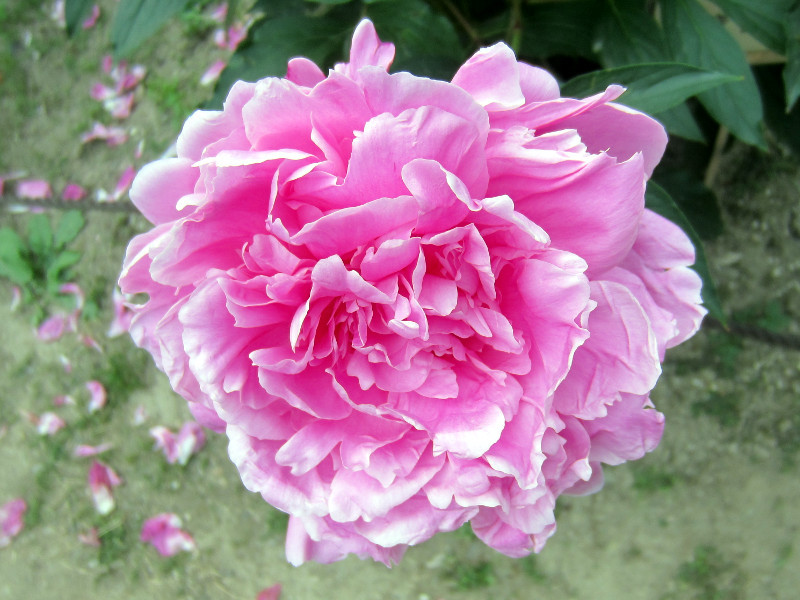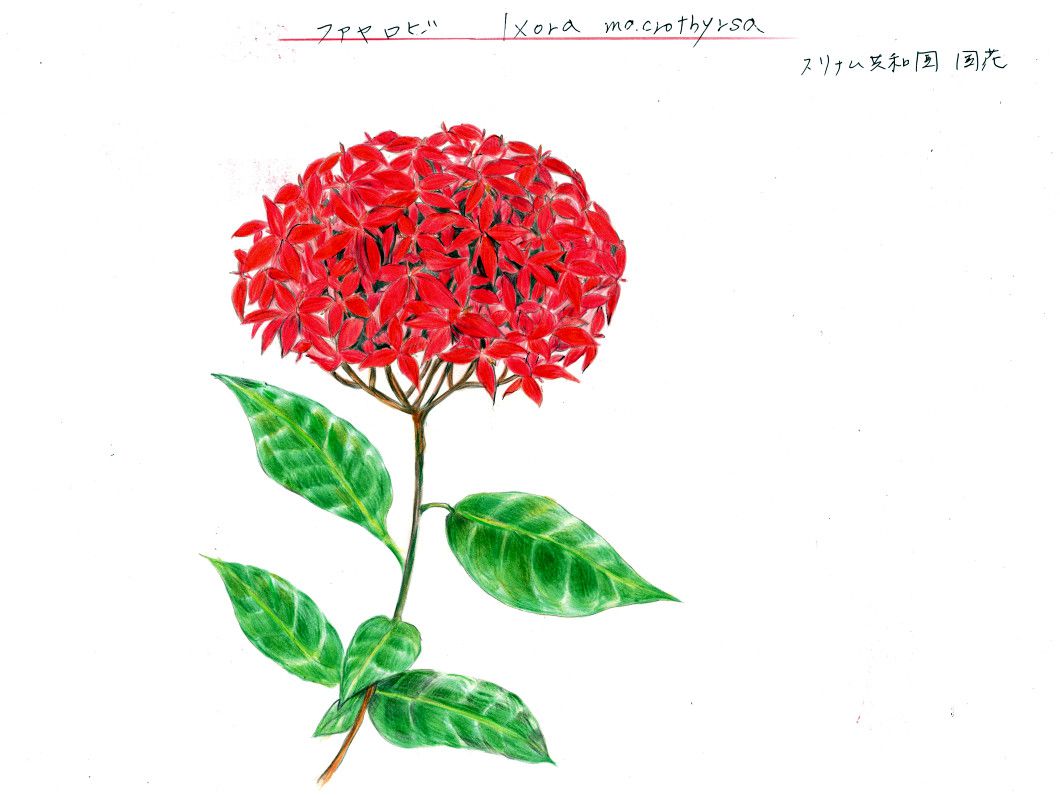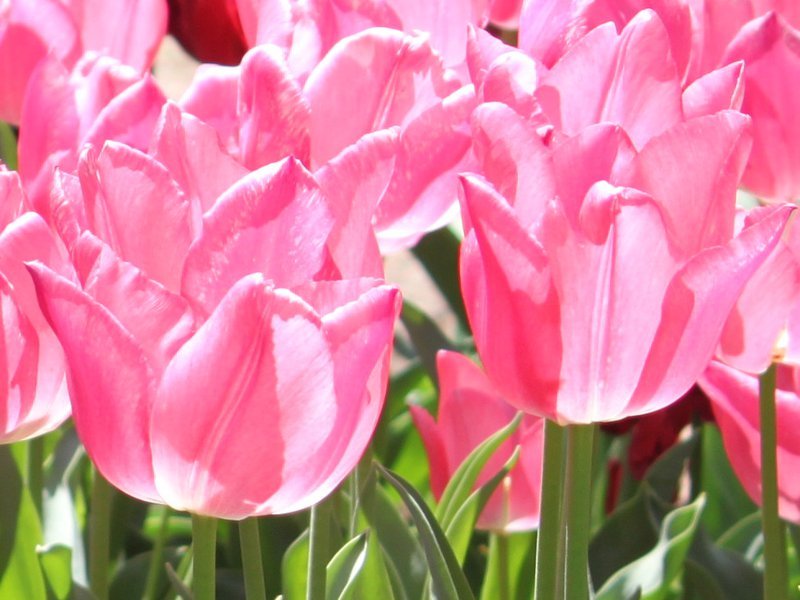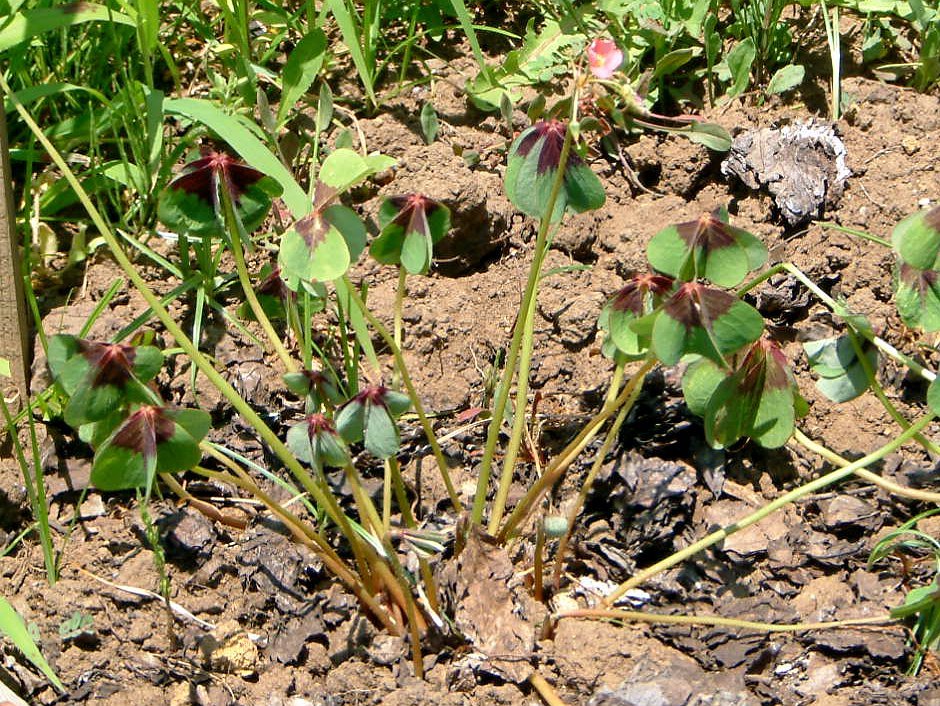Harutoranoo
- Flower nameHarutoranoo
- Scientific nameBistorta tenuicaulis var. tenuicaulis
- Alias春虎の尾, トラノオ
- Place of originJapan
- Place of floweringLow mountains
- Flowering seasonApril, May
What is Harutoranoo
Harutoranoo (scientific name: Bistorta tenuicaulis var. tenuicaulis) is a perennial herb endemic to Japan and belonging to the genus Bistorta of the family Polygonaceae. It is one of the first plants to flower in spring, called "spurifimere. Its alias "Irohasou" is based on the first letter of Iroha-ni-hoheto, which means "Iroha grass," because of its early blooming period. Ibuki tranoderma of the same genus is a taller plant, while Hal tranoderma is shorter, 5 to 20 cm. The flower stalks are erect and separate from the rhizomatous leaves, and in April to May, the tips of the short petioles produce sepals that look like white flowers with an inflorescence length of 1 to 3 cm and an inflorescence diameter of 1 cm. The flowers have no petals and the sepals have five deep lobes. There are eight stamens, which protrude. The anthers are dark purple. There are three flower stalks. The fruit after the flower is a shiny, brown, thin, broadly oval-shaped fruit.
Common name: Harutoranoo, scientific name: Bistorta tenuicaulis var. tenuicaulis, native to Japan, habitat: Honshu, Shikoku and Kyushu, living environment: deciduous forests in mountainous areas, Flowering season: April to May, Flowering place: at the tip, Inflorescence length: 1 to 3 cm, Inflorescence diameter: 1 cm, Petiole: short, Flower color: white, Petal: absent Inflorescence length: 1-3 cm, inflorescence diameter: 1 cm, petiole: short, flower color: white, petals: absent, calyx: 5 deeply lobed, stamens: 8 and protruding, anther color: dark purple, flower column: 3, fruit type: thin, fruit shape: broad oval, fruit color: shiny brown.
